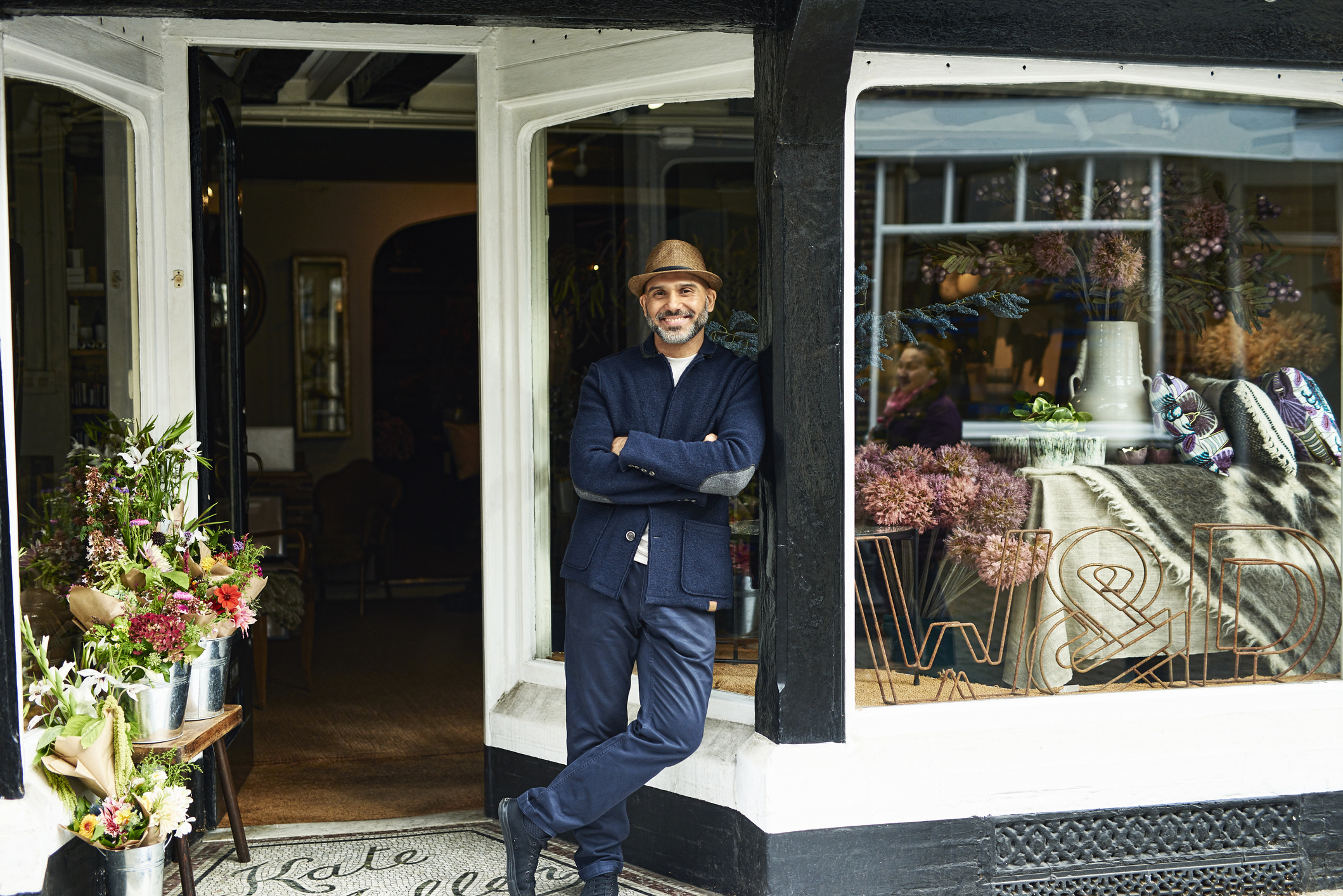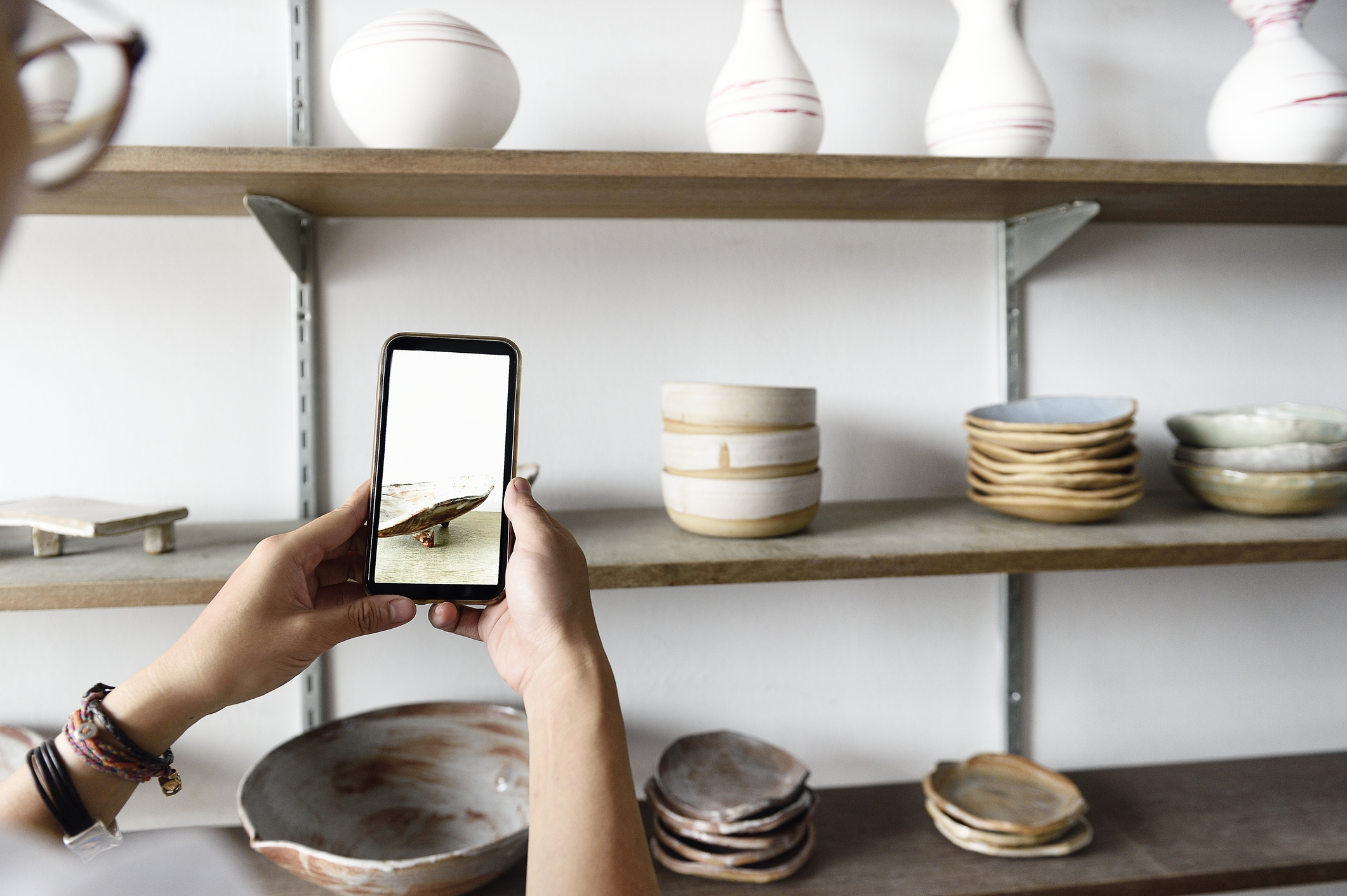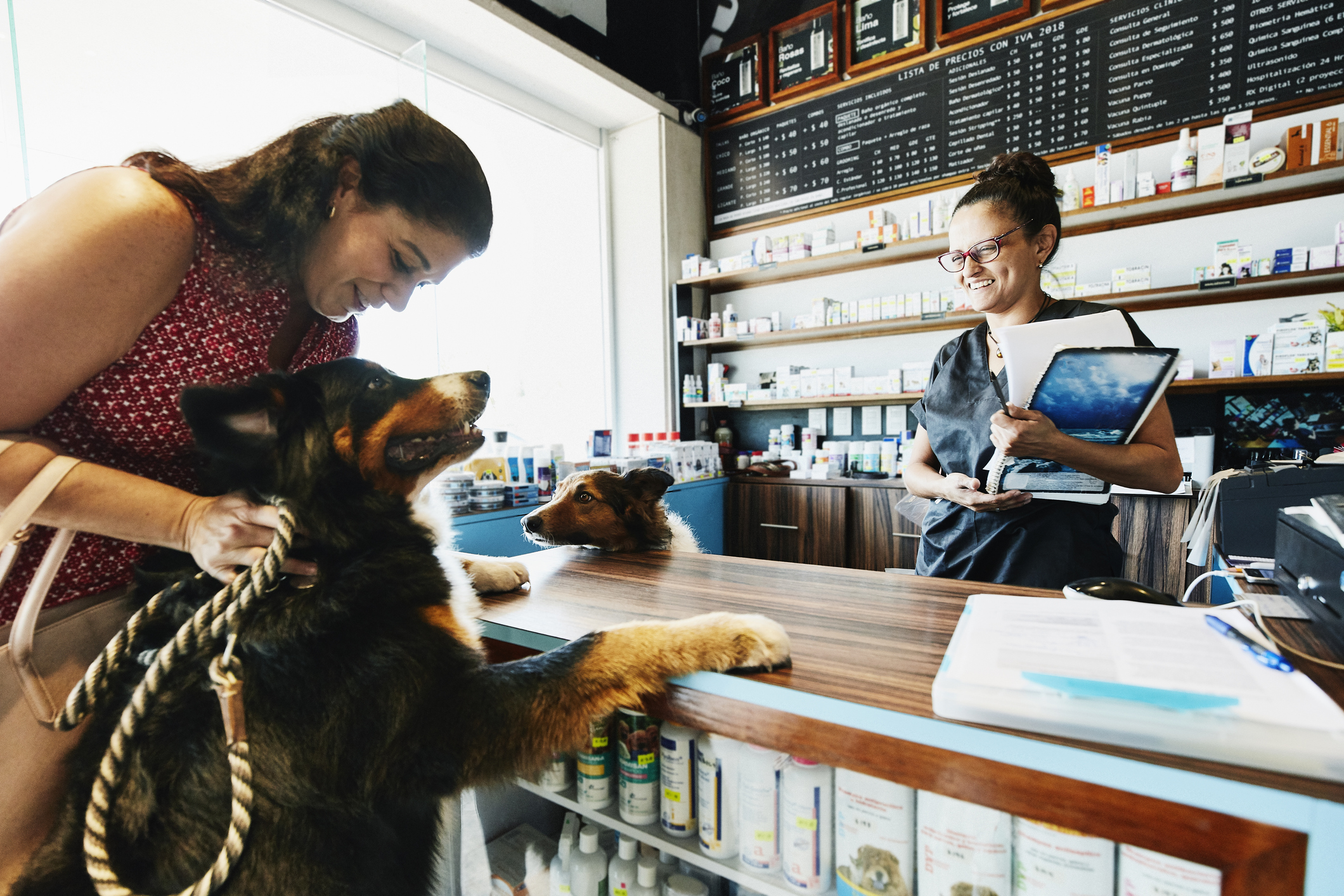From social media to an online directory listing, high-quality business photos are essential in giving your customers a good idea about your products and/or services.
Additionally, it can make a real difference in driving leads and sales.
Google reports that companies that add images to their Google Business Profile accounts see 35% more click-throughs to websites and 42% more requests for directions than accounts with no images.
The importance of using images on social media has been well documented. KISSmetrics found that Facebook posts with images recorded 104% more comments and 84% more click-throughs than posts without photos.
This illustrates just how important having great photos is for your online presence. But first, you need to take great photos. Here’s how to capture excellent images for your online listings, social media and your Google Business Profile.

Include the exterior.
Exterior images are important as they give customers an idea of what to look for when they approach your business from the street.
Also aim to include images that represent what the customer will see then they arrive. If customers typically enter on foot (such as for businesses in malls), take photos that show what the approach looks like from both sides. If customers drive up to your business, include a photo from the perspective that they see as they arrive.
Take wide angle photos to capture the entire site or building and include images at different times of day.
Take well-lit photos of the common areas indoors.
Provide customers and clients with images of what they can expect once they walk inside your business.
This should include the immediate reception area as well as any other spaces they might spend time in on arrival. Images can help to create a sense of your company and brand by showcasing your layout, decor and ambiance before the customer arrives.
Take these images at the most well-lit time of day. For example, if the sun illuminates certain areas first thing in the morning, this may be the best time to take images as it will help to increase the quality and detail of your photos.
If your business is entirely indoors without natural or sufficient sunlight at any point during the day, consider bringing in additional lighting to ensure you get high-quality photos.

Include images of your most popular products.
Products-based businesses such as bars, restaurants, clothing retailers, garden centres and others should make a point of regularly taking photos of their most popular and new or unusual products.
Photos of these items can help to drive sales and they also encourage customers to visit your business to explore or sample the new and less well-known products.
Be sure to take clear images from several angles, including close-ups if the material itself is relevant (for clothing, for example). Aim to give the customer the same views of your products as they would get when shopping in store.
Include images of your service areas.
Companies that provide services on site should take photos of the areas of service.
This includes:
- Dentists
- Hairdressers
- Masseuses
- Beauty therapists
- Private offices
- Doctors’ rooms
- Physio spaces
These images help potential clients become familiar with the surroundings and can impact on their decision to choose your business. Seeing a comfortable and inviting space where the service will be provided often moves clients closer to making a booking.

Remember that quality amateur photos are a bonus.
Small business owners may only have access to a camera phone and their own creativity to capture images for their online business listing. At best, you might have a high-quality camera at your disposal.
Don’t be tempted to feel like the resulting images are less than ideal because they are not ‘professional’ quality. This can actually work to your advantage, as they add an authentic touch and give customers a better idea of your genuine business, much like user-generated content would.
High-quality, professional images are undoubtedly beautiful but they can veer into the realm of almost looking too perfect when they are overly stylised and uncreative. While your images should still be of high quality, don’t stress if they are not picture perfect.
Know your photo formats.
Depending on where you plan to load business photos, you will need to be aware of the best formats for each platform.
This will ensure you are able to load images across multiple areas, and that customers on each platform will be able to view your business clearly and easily.
- Google Business Profile pictures: Should be at least 720×720 and either JPG or PNG
- Facebook standard images: Should be 1,200×630 pixels
- Twitter standard images: Should be 1,200×675 pixels
- Instagram standard images: Should be 1,080×1,080 pixels
- LinkedIn standard images: Should be 1,200×627 pixels
These sizes can change, especially as social media platforms update their layouts. Sprout Social offers a useful and regularly updated list of ideal social media image sizes for standard images, profile picture, header images and more.
If you don’t have a photo editor on your phone or laptop, use an online photo editor such as Google photos to ensure you have the right sizes for the right purposes. This software can also help you to enhance the lighting or make other minor changes to improve your photos.
Avoid stock images where possible.
You may be in a hurry or unable to take company or product photos just yet, or you may not think the photos you take are good enough quality to load onto your online directory listings or social media.
Whatever the reason, you should only rely on stock images for your online listings when absolutely necessary.
For example, on Google My Business listings, stock images will often be deleted, as Google recognises stock images and removes them.
For social media, followers often recognise that certain photos are not authentic. In one study, a Marketing Experiments ran an A/B test with a stock image and a real image, and found that customers who saw the real image were 35% more likely to sign up for a consultation.
Another study by web expert Jakob Nielsen found that users tend to gloss over stock or generic imagery, where genuine images got more attention.
Instead, aim to upload genuine photos of your business. Photos that are not ‘professional’ quality are preferable to stock photos that do not represent your brand.

Include images of staff.
Regardless of whether you provide a product or a service, including images of your staff gives your business a human element.
Showing the friendly, smiling faces of employees at all levels of the company can create more of a connection with potential customers, even before you have spoken to them on the phone or met them in person. This helps to lay the foundation for a relationship in the future, or build on existing relationships.
Take photos at company events.
Christmas parties, leaving dos and other celebrations are common amongst businesses, but they are not always well-documented, and they are especially not well shared with customers and clients.
Not all images will be appropriate for sharing as part of your brand, but certainly photos that capture the enthusiasm and friendships amongst staff can be uploaded. If it fits your branding to do so, this can also be an excellent way to share positive news and successes within your company.
Google recommends adding at least three photos of your management team and employees in order to “show something a little less formal and humanise your business”. Event photos add a fun, lighthearted side to online listings, and also help to provide fresh images to update listings throughout the year.
Keep your branding in mind.
Even if you do not have official set brand guidelines, every business does at least have certain branding.
Your branding can show potential customers that you are primarily:
- Quirky
- Fun
- Professional
- Trustworthy
- Eco-friendly
- Relatable
- Budget-friendly
- No-nonsense
- Influential
These brand traits are not always set in stone, but business owners can usually pinpoint their company’s key attributes without needing them explained in a brand guidelines PDF.
When taking photos, keep your branding in mind, or at least the image you would like to project. This can help guide you when making decisions about whether to share a silly team photo or a series of black and white staff profiles; whether to post professional images of your work areas and employees in formal attire, or to share casual Friday shots from your coffee break.
By adhering to your branding, you can ensure the look and feel of your online listings and social media will mirror that of your business website.

Check with photo subjects before posting.
Not everyone is comfortable with their image being posted online or used to help promote a business, so always check with the subjects before taking photos.
This includes staff members as well as clients and customers who appear in photos. Some may be happy for you to post photos but only if their face is not showing, while some may prefer not to be captured in a photo at all.
Be mindful of each individual’s wishes, and consider offering free or discounted products or services for customers who are happy to appear in imagery for your brand.
Know your camera angles.
For those new to taking photos, a good place to start is to learn the basics about camera angles. These are simply a number of angles from which you can take each photo, and that can highlight certain aspects of the subject, create a certain mood, or simply add diversity and interest to your collection of images.
Here are the key camera angles to know:
- High angle: Where the camera is at a higher point than the subject, but not directly above
- Low angle: Where the camera is at a lower point than the subject, but not directly below
- Bird’s eye view: Where the camera is directly above the subject
- Face-to-face: Where the camera is directly in front of the subject at eye level
- Worm’s eye view: Where the camera is directly below the subject
Experiment with the different angles to find what looks best for your business.
Some angles are popular for certain types of photos, such as bird’s eye view angles for food, and face-to-face images for staff profiles. You can get creative and subvert these expectations to try to stand out from the crowd (which can be used as a branding tool), or follow the usual norms to highlight your products and services in an easily understandable and expected fashion.
If you don’t yet have a business listing with Yellow Pages Online, now’s the time to get started and use these tips to load the best images for your business.

